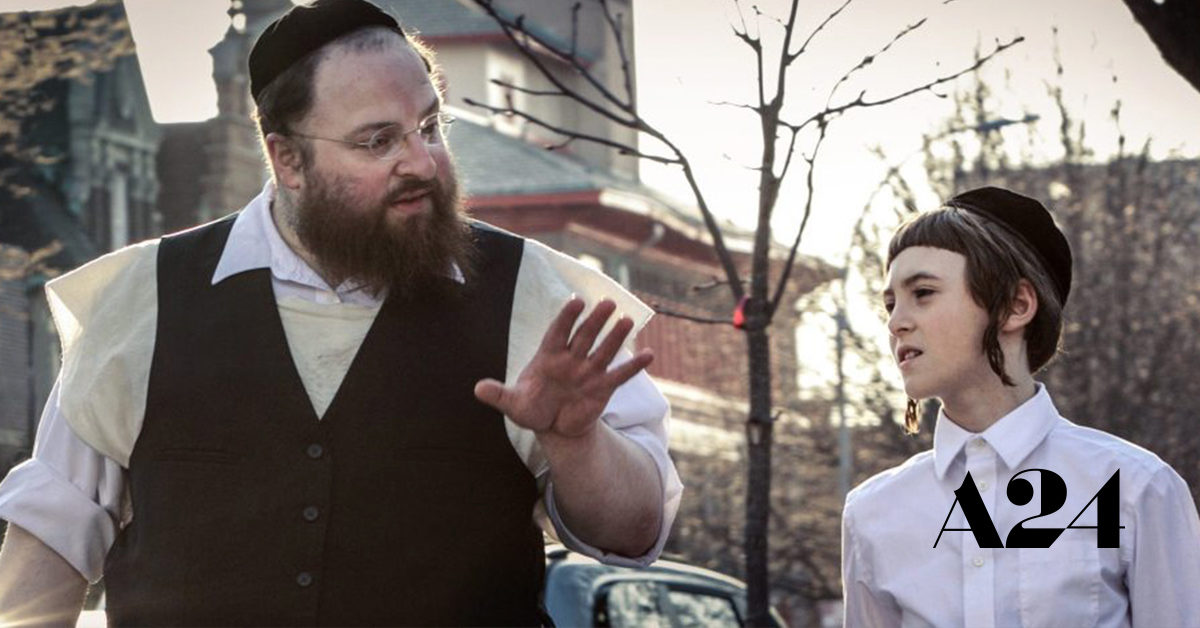FROM THE OUTSIDE IN: ETHNOGRAPHY VS. EXPLOITATION ON FILM
Wind River is directed by Taylor Sheridan (who wrote Sicario and Hell or High Water), who to the best of my knowledge is not Native American. This is not to say that filmmakers must be of the ethnic group they are telling stories of. However, the saviors of the story just so happen to be white… A trope we see far too often. The film centers around a violent crime that takes place on the reservation and is supposedly inspired by true events. As the credits roll it the film notes that crimes against Native American women go largely unreported and unsolved. More so than other demographics. I don’t doubt this.
However what if we replaced the ethnicity of the victim of the crime in the film. Sure the story is still tragic, but I think there would be considerably less praise for the film. The performances from Jeremy Renner and Elizabeth Olsen as the leads felt disconnected from the emotions they were meant to be conveying. The casting of Graham Greene, Apesanahkwat, Tantoo Cardinal, and Gil Birmingham (all of Native heritage) help mitigate some concerns over full on exploitation. However, I maintain that Wind River derives the majority of its drama from the circumstances and not the performances.
Another group whose traditions and people tend to get generalized are the Hasidic Jews of Brooklyn (and other communities). They intentionally keep to themselves for religious and cultural reasons but are brought to the big screen in Menashe. Menashe is also partially inspired by true events, mainly from the real story of Menashe Lustig. Menashe is a widower who lost custody of his son, because Rabbis felt his son needed a mother, and therefore Menashe needed to remarry to regain custody.
That synopsis alone likely causes many of us to scratch our heads, which just highlights how easy it would have been to exploit the Hasidic culture by vilifying that practice. However, the filmmaker allays this by adding genuine elements. All of the people in the film were non-actors (though they do an excellent job), and did I mention 99% of the film is in Yiddish? I spoke to the director, Joshua Weinstein, who went in depth on how much care they took to make sure it was an ethnographic exploration.
One hopes that no matter race, gender, or creed, that if a director is going to pour their heart and soul into making a film, that they respect and do their best to accurately represent those they are portraying. I just don’t think we’re there yet, but one can hope that someday we won’t have to even worry about cinematic exploitation.
This article originally appeared on KFOG.com on August 11, 2017.
